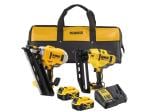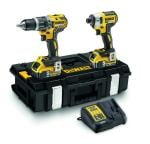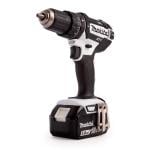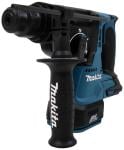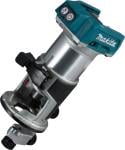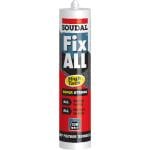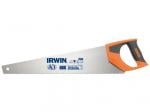What Are Pan Head Screws
As the name implies, pan head screws are named so because their head looks like an upside-down frying pan, which is the similarity between them and their namesake. In the past, the pan head screw was a type of non-countersunk screw head, but today it is mostly used as a type of machine screw, self-tapping screw, self-drilling screw, or wood screw.
There are many advantages of these types of bolts, such as their wide heads, their flat bearing surfaces, their high vertical sides, chamfered edges, and recessed sockets on the top surface. There is usually a slot in the socket, especially for screws that are self-tapping or made of wood. In addition to hexagon sockets, machine screws are also commonly fitted with hexagonal sockets.
There are a wide range of applications where pan head screws can be used, including the following:
- When it is necessary to have a flat bearing surface
- When using the head, there is a risk that it may get caught in the device
- A decorative fixing is needed.
Pan head screws have a large diameter, paired with high edges, which results in a large, deep socket because of the large diameter of the screw. Due to this feature, high torque can be provided during assembly while cam-out can be minimized, which would result in damaged screws during assembly. A pan head screw has a flat underside, which provides a large area of contact for the mating surface, resulting in a more secure hold, even with enlarged holes, and a smaller chance of crushing you screw.
This finishing profile provides an elegant finish that can be applied to decorative applications and reduces the chance of the screw head being caught while in use as a result of the flat or slightly domed profile. In addition to slotted, Phillips, hexagon, Pozidriv, Torx, and square drive types, pan head screws can be found with a variety of socket types or drive designs. A stainless steel product may appear zinc-plated, white-coated, black-coated, or uncoated, depending on the coating it obtained.
It is common to use pan headed machine screws in situations where the hex head might catch on something or where a counter bored or countersunk screw hole won't be able to hold the weight of the screw. As well as being more suitable to light applications, pan heads with slotted sockets can also be easily fastened with a screwdriver, making them easier to use in light applications.
To fasten flat materials to timber, wood screws with pan heads are used.
Although pan heads have largely replaced these other types of heads in modern screws, they are similar to round heads, truss heads, and binding heads. There are many applications using round-headed screws, but they require a high level of aesthetics since round-head screws have a domed head with a small bearing surface. It is common for applications to require coverage of large holes or special clearance when using truss head screws because of the large head and low profile of these screws.
Because binding head screws have extra deep heads and sockets, they must be tightened with a high torque to ensure that they function properly.
Buy Pan Head Screws - Timco Classic Multi-Purpose Stainless Steel Pan Head Wood Screws


